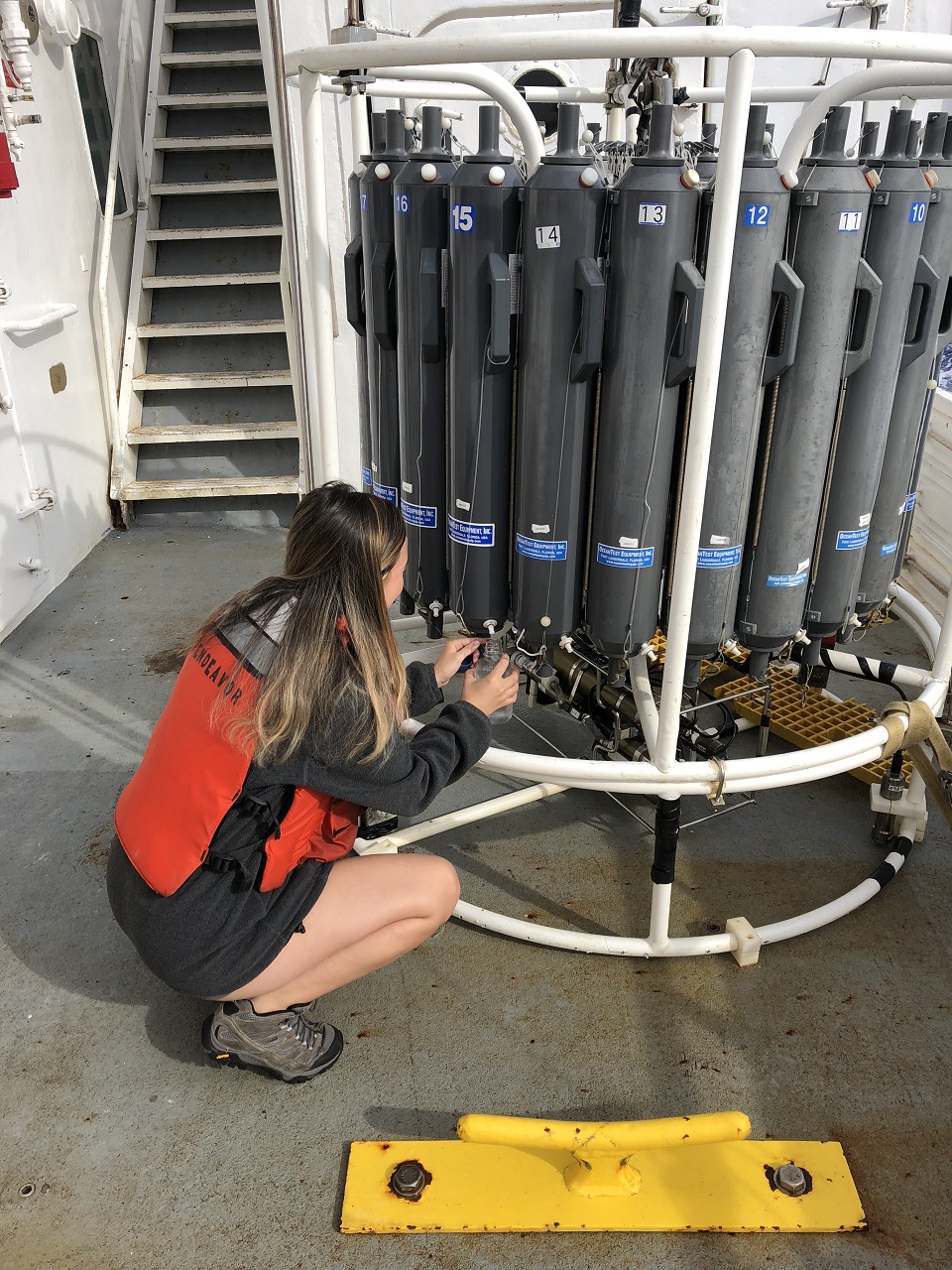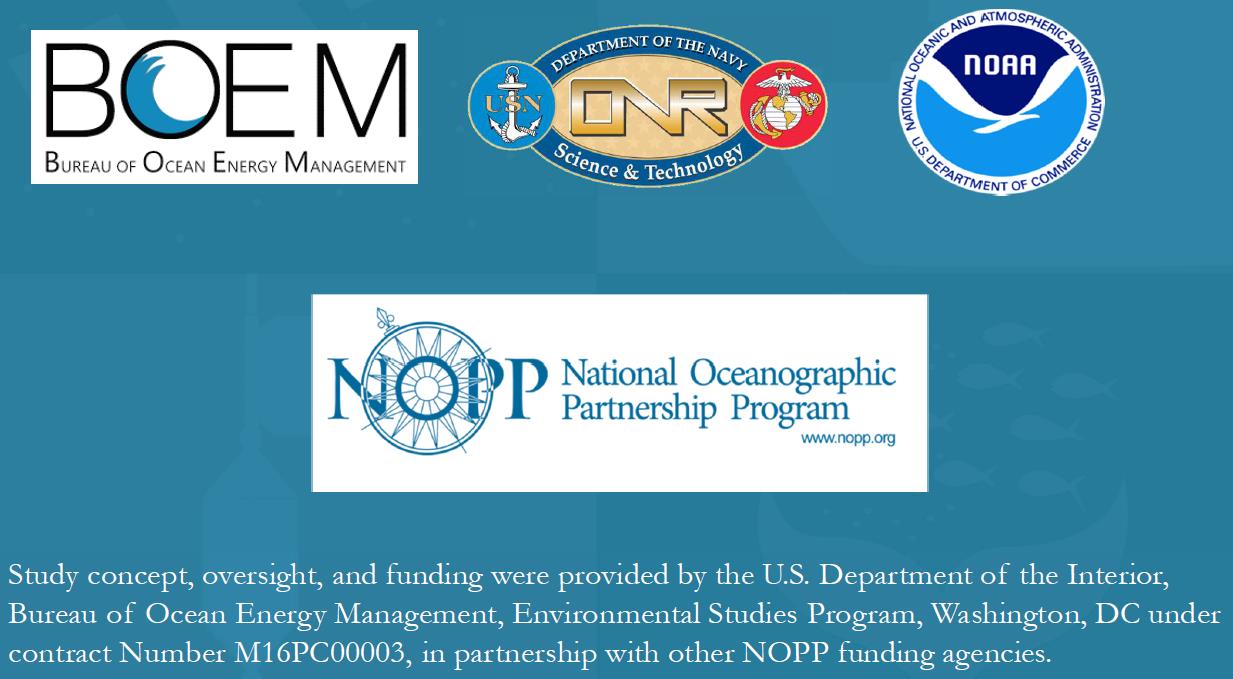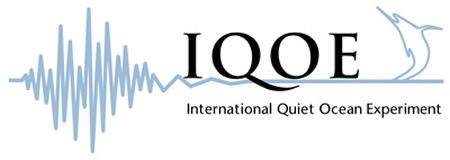My name is Katharine Coykendall. I work for USGS in Kearneysville, West Virginia. Our lab has a broad interest in the connections and relatedness between biological communities and as well as the biodiversity in marine ecosystems. We use genetics and genomics as tools to answer those types of questions, just like forensic crime labs and genealogical websites, but we are looking for connections between marine organisms.
Science that involves sampling out at sea relies upon a far-reaching network of collaborators. This kind of research is resource intensive – both ship time and equipment are expensive and research vessels equipped to do certain types of sampling are rare so, they need to be booked months/years in advance. Our lab was slated to go on a research cruise in April, but the boat we were going to use needed unexpected, extensive repairs, which left us scrambling for a Plan B. Luckily, both the chief scientist and principal investigator on this cruise, Joe Warren and Jennifer Miksis-Olds, are collaborators with us on the Deep Search project (https://www.usgs.gov/news/federal-ocean-partnership-launches-deep-search-study-coral-canyons-and-seeps-mid-and-south) and could squeeze me in to this expedition. Because of their generosity, our lab will have samples to process this summer, and we are very grateful.
Although this will be my 14th excursion out to sea, it will be a novel experience. I am accustomed to cruises that center around sampling of invertebrates, mostly coral, using a remotely operated vehicle (ROV). Those cruises involve shifts of sitting in the control van, staring at several computer screens showing live video feed of the ocean bottom and advising the ROV pilots what to sample. After ROV recovery, I spend my time in the wet lab dissecting and preserving organisms. This time, my duties will mostly involve filtering water from different depths collected by the CTD. I will also subsample and preserve the critters that are collected from the nets that will be deployed at each site. Back on shore, we will sequence certain genes from the DNA of these samples to build a database of genetic information, just like how companies like ancestry.com or 23andme.com use databases of human genes to infer our regions of origin. The more comprehensive the database, the better our inferences will be!



